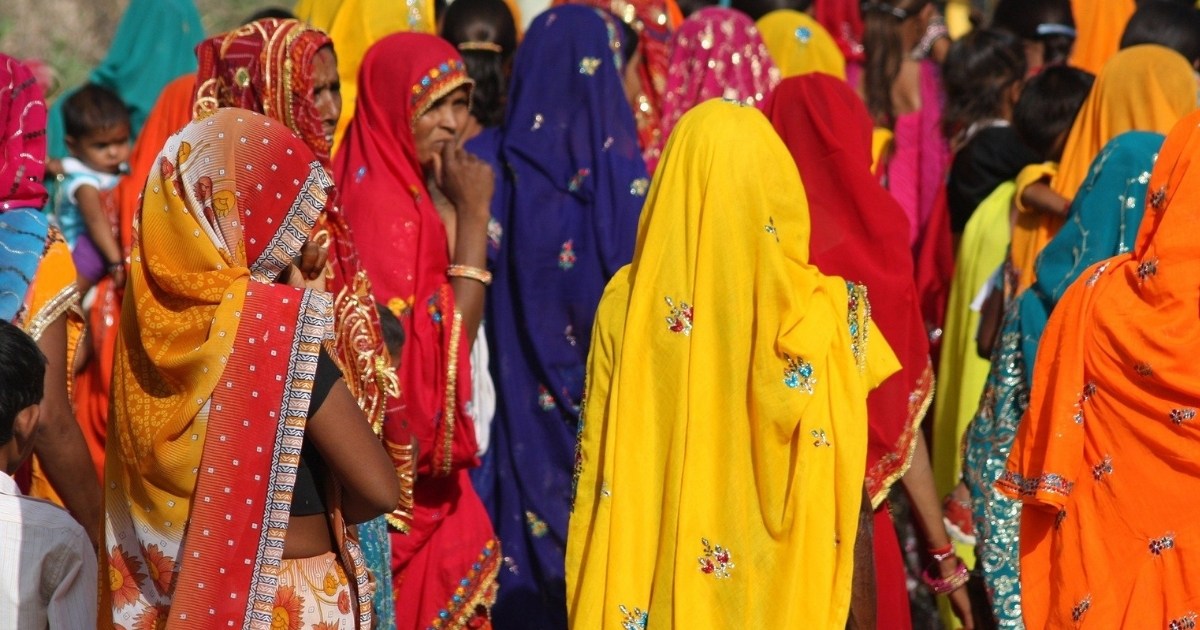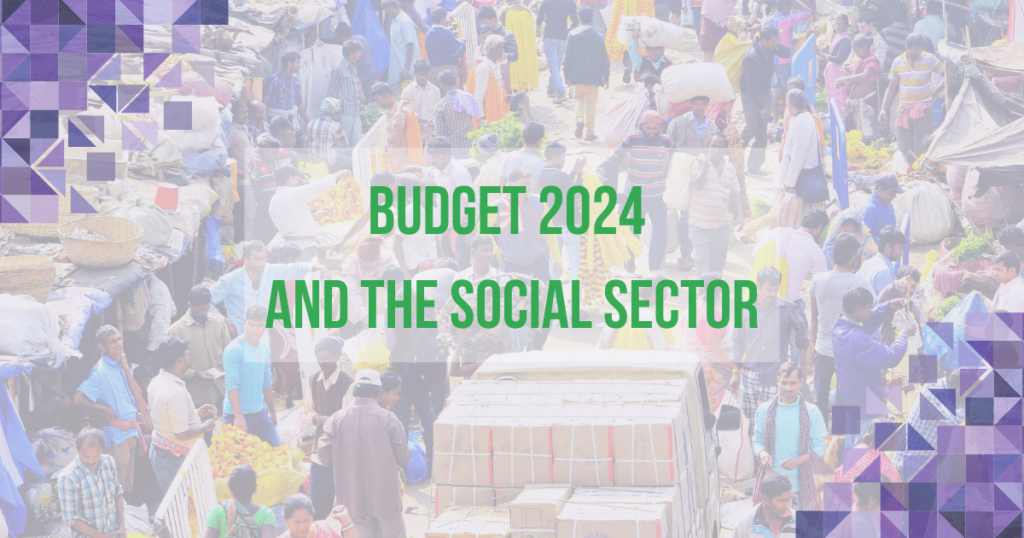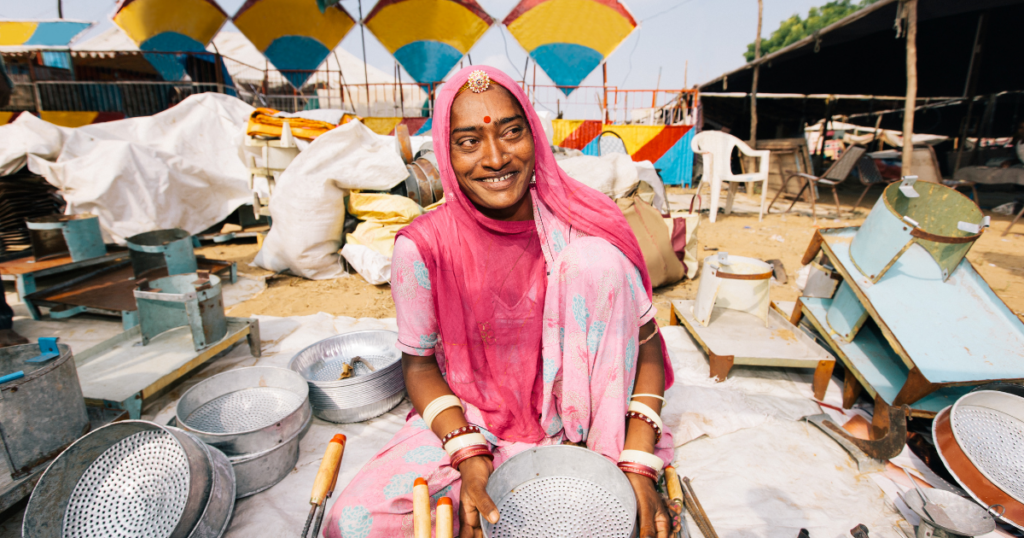This trend can also be observed in India where 1.39 million new cancer cases were reported in 2020 and are estimated to reach 1.57 million by 2025.
Breast and cervical cancer made up 39.4% of the total cancer burden in 2020, meaning that a considerable number of women are at risk. The challenge of cancer prevalence is further exacerbated by the delay in detection in most cases, leading to an increased cost of treatment and lower survival rates for patients.
According to the World Health Organization (WHO), 30-50% of cancers can be prevented by timely screening and early diagnosis. The Central and state governments have been strengthening systemic levers to address the growing burden of non-communicable diseases, including cancer. However, lack of awareness regarding risk factors and symptoms, social stigma, and fear of exclusion, along with systemic challenges such as low screening coverage, lack of trained personnel, and weak screening infrastructure pose challenges to the reduction of the cancer burden.
Digital solutions such as point-of-care devices, predictive analytics, Artificial Intelligence (AI) and Machine Learning (ML) among others, hold great potential in scaling up cancer awareness and screening care, especially for women, as most of these solutions can be employed in the comfort of their homes and communities. However, socioeconomic inequities compounded by the digital divide, reduce the effectiveness of digital solutions for women seeking information and care through digital channels.
A phygital (physical + digital) approach has the potential to address individual bottlenecks of both physical and digital interventions. Collaborative, patient-centric phygital interventions can be implemented to strengthen women’s agency to seek care, improve the effectiveness of the interventions and lead to positive cancer care outcomes. Collective action through the involvement of the government, philanthropy and nonprofits is needed to enable this change.
At the individual level, interventions could create safe spaces for women in the community where they could access and share information, acquaint themselves with the use of smart devices and digital channels, monitor feminine health parameters and consult specialists.
Existing community structures and local influencers can be leveraged to reduce stigma, drive awareness and encourage health-seeking behaviour. These channels can further be strengthened with digital interventions such as information and screening kiosks and e-sample collection touch points.
Strengthening existing healthcare delivery touch points can ensure on-time detection and diagnosis.
While the updating of cancer prevention guidelines and up-skilling of existing health cadres is essential, integration of these channels with digital health solutions such as point-of-care screening devices, telemedicine and clinical decision support system software can enable task shifting, empower health workers and scale up screening to cover a larger portion of the population.
Authors: Granthika Chatterjee and Arya Ambardekar
Technical review: Lakshmi Sethuraman




